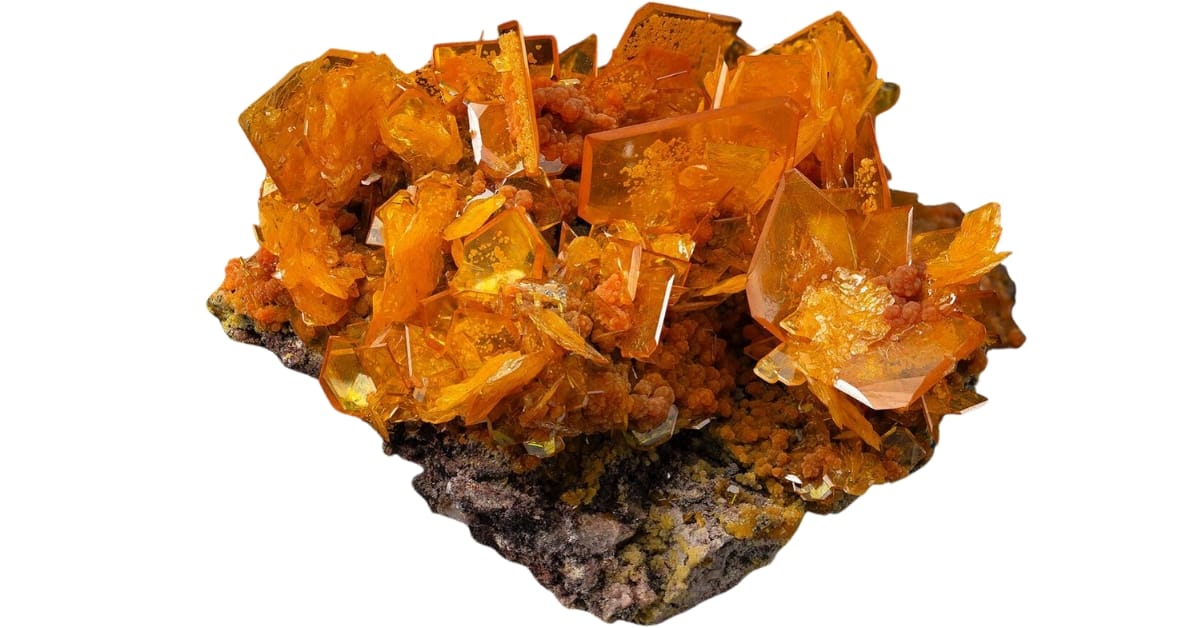Looking for crystals can be an exciting adventure. But just like any adventure, there are right ways to go about it. Many folks jump in without knowing the common slip-ups that can make their crystal search less fruitful or even a bit risky.
Even seasoned rockhounds miss a step along the way, so we’ll remind you of the common mistakes you should avoid when looking for crystals in the great outdoors. From preparing for your trip to respecting the environment, we’ve got you covered!
Biggest Mistakes Crystal Hunters Make
When you’re looking for crystals, it’s easy to be consumed with excitement and the thrill of the hunt. Because of this, it’s also easy to make several common and significant mistakes. Here are some of the key ones to avoid:
Lack Of Preparation
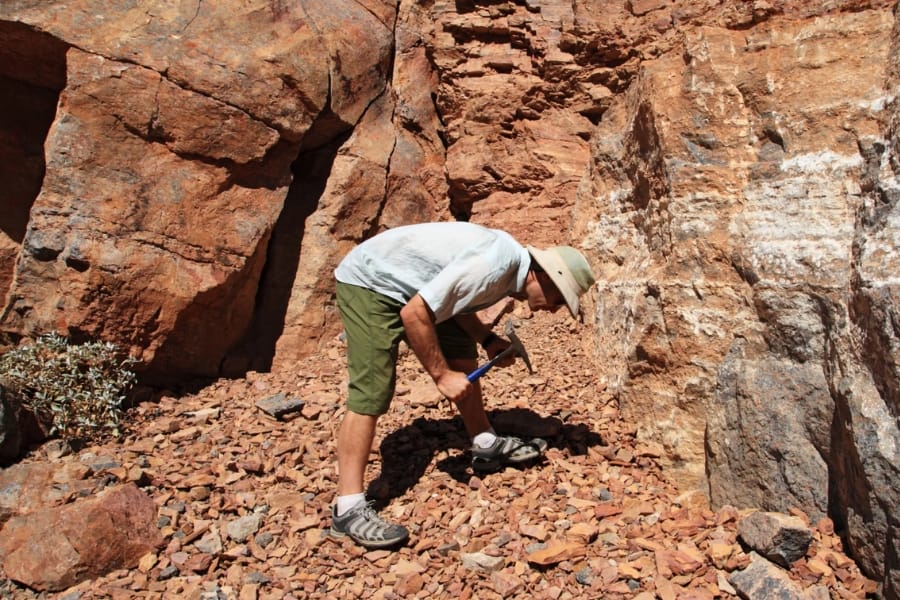
Jumping into crystal hunting without enough preparation is like going on a hike without a map. You might have a blast, but you could also miss out on the best spots or even get a bit lost.
A lot of folks think they can just show up and find crystals easily. But there’s more to it. Knowing what tools to bring, how to stay safe, and the basics of crystal identification can make a huge difference.
Taking some time to get ready before you head out can turn a good adventure into a great one.
Ignoring Safety Measures
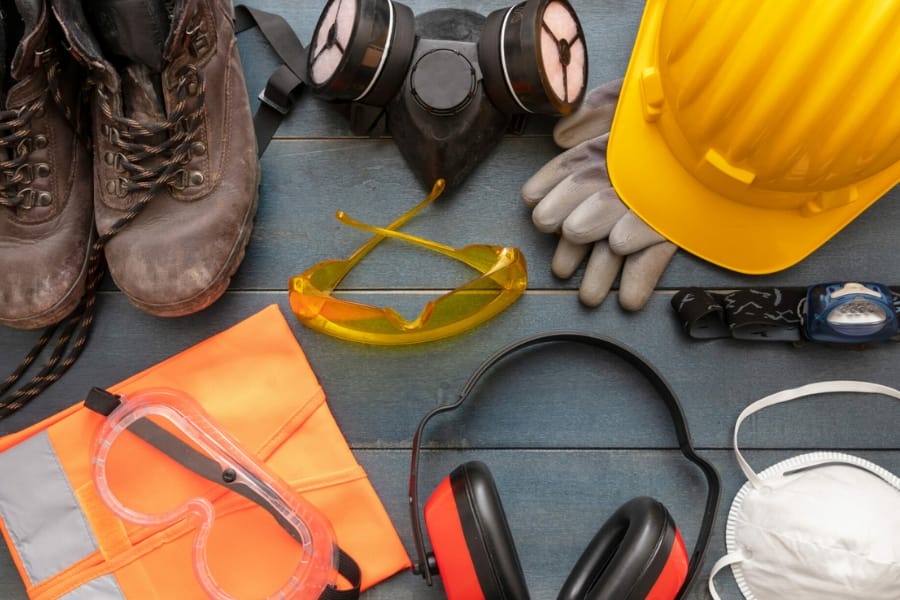
Crystal hunting might seem easy: just go outside, find some rocks, and bring them home. But it’s not that simple.
Forgetting to wear sturdy shoes can lead to slips or falls, especially on rough terrain. Not wearing gloves can mean scratched hands from sharp rocks. And skipping on eye protection? That’s risky if you’re chipping away at rocks.
Some people also forget to bring enough water or don’t tell someone where they’re going. This can be really dangerous if you get lost or hurt. Always remember: safety first!
Trespassing On Private Property
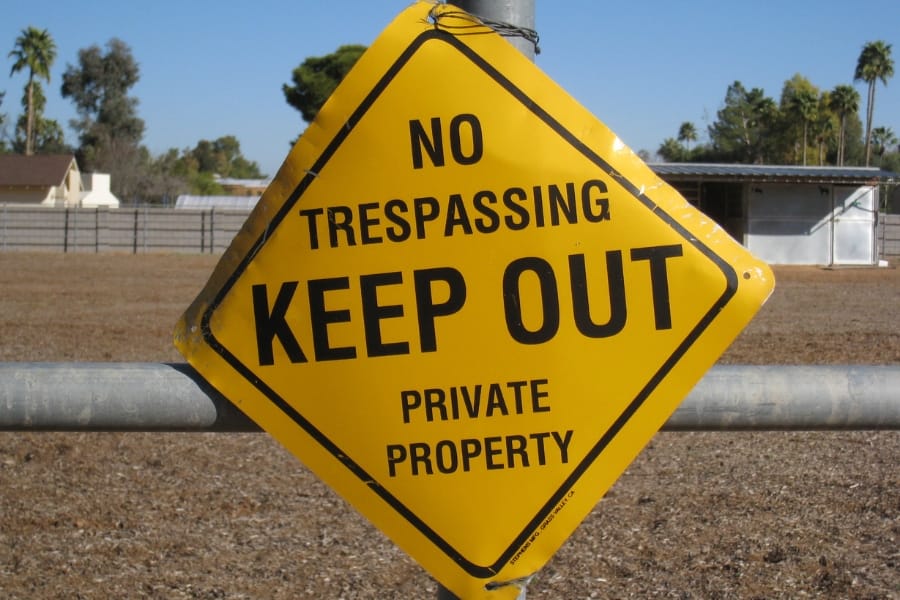
Finding the perfect spot for crystal hunting can be tricky, and sometimes, people end up wandering onto private property without realizing it.
It’s a common mistake because the best spots aren’t always in public areas. Some folks might see a fence or a “No Trespassing” sign and think it’s not a big deal to hop over for just a bit. But this can lead to trouble.
Walking onto someone’s land without permission is against the law, so always make sure you’re allowed to be on the land you’re exploring.
Disregarding Environmental Concerns
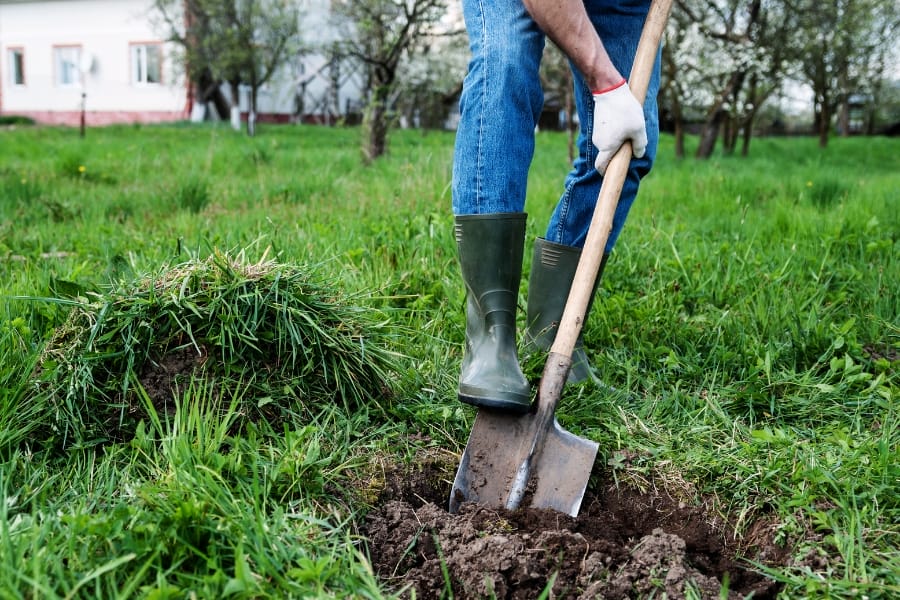
It’s easy to forget about the world around you when you’re so focused on finding crystals. But ignoring the environment is a mistake you wouldn’t want to make.
Digging holes, moving rocks, and taking plants can hurt the area. It changes homes for animals and can make the place look not as nice for the next person. Some people leave trash behind, which is even worse.
It’s important to remember that we’re visitors in nature’s home. Always bring back everything you take with you, and try not to disturb the land.
Using Improper Tools
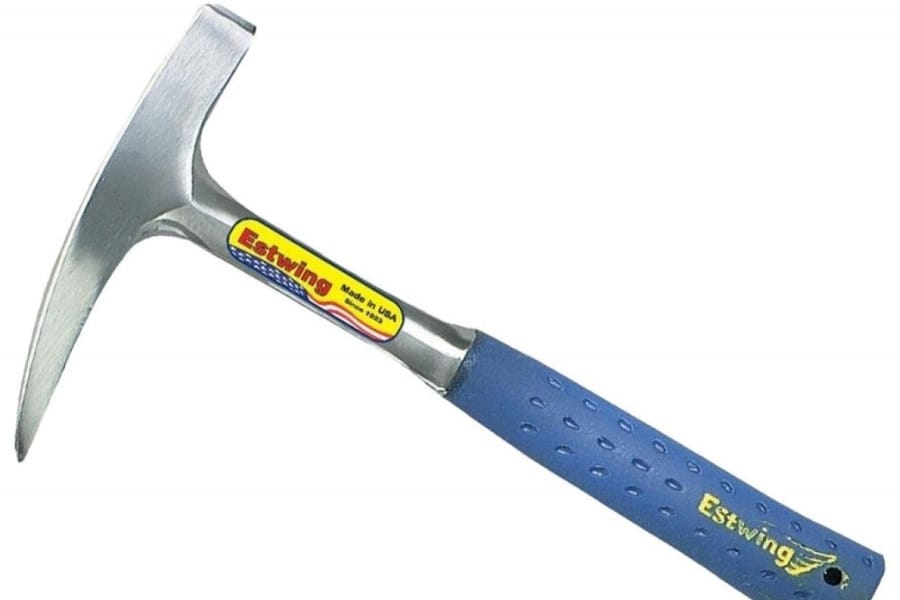
If you bring a regular hammer to crystal hunting instead of a geologist’s hammer, you might not be able to break open rocks to find crystals inside.
Or, if you use a metal shovel in a delicate area, you could damage both the tools and the crystals. Too big or the wrong kind of tool can smash the very treasures you’re trying to find.
The right tools make the job easier and help protect the crystals, so before you go out, learn which tools are best for crystal hunting.
Overharvesting
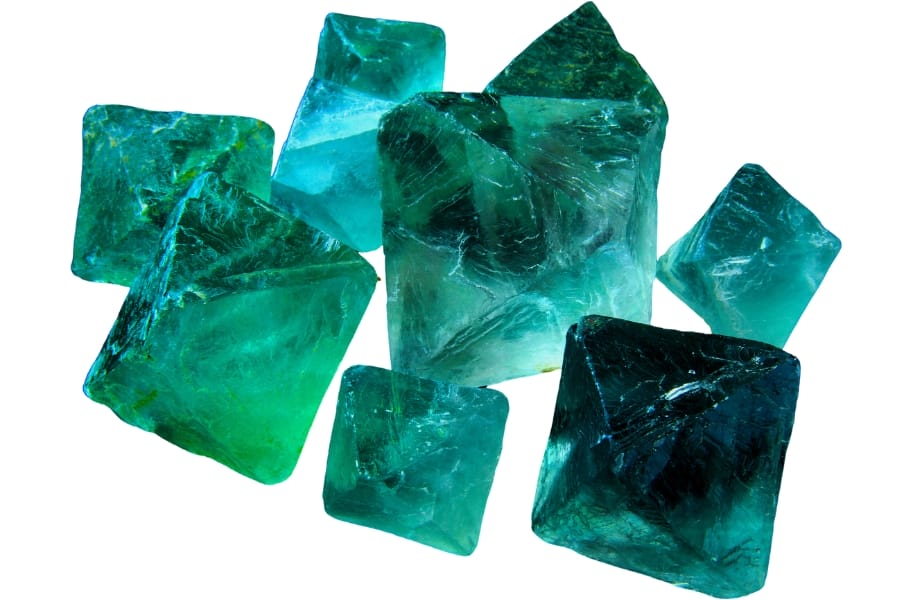
When you find a spot full of crystals, it’s tempting to take as many as you can carry. This is called overharvesting.
It might seem like there are plenty of crystals to go around, but taking too many means there might not be enough left for the next person. Plus, it can upset the balance of the area.
Crystals take a long time to form, and when too many are taken, it changes how the spot looks and works. It’s like picking all the flowers from a garden; soon, there won’t be any beauty left to share.
Lack Of Knowledge Of Crystal Identification
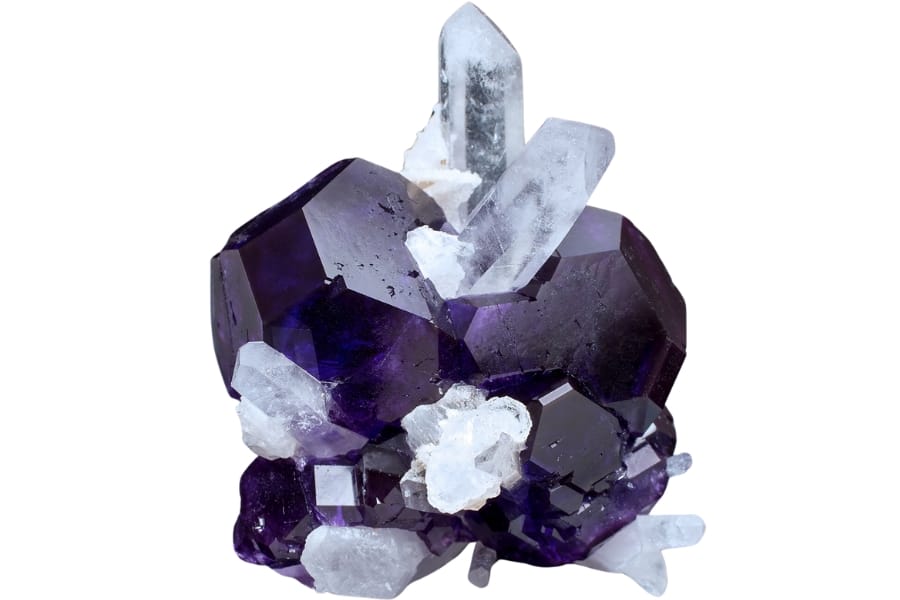
Heading out to look for crystals without knowing how to tell them apart is a common slip-up.
Imagine finding a bunch of rocks and crystals but not knowing which is which. You might pass right by a really special one because it looks like a regular rock. Or, you could spend a lot of time collecting ones that aren’t as rare as you thought.
Learning about different crystals before you start can make a big difference. This way, you get excited about what you find because you know what it is.
Ignoring Local Regulations
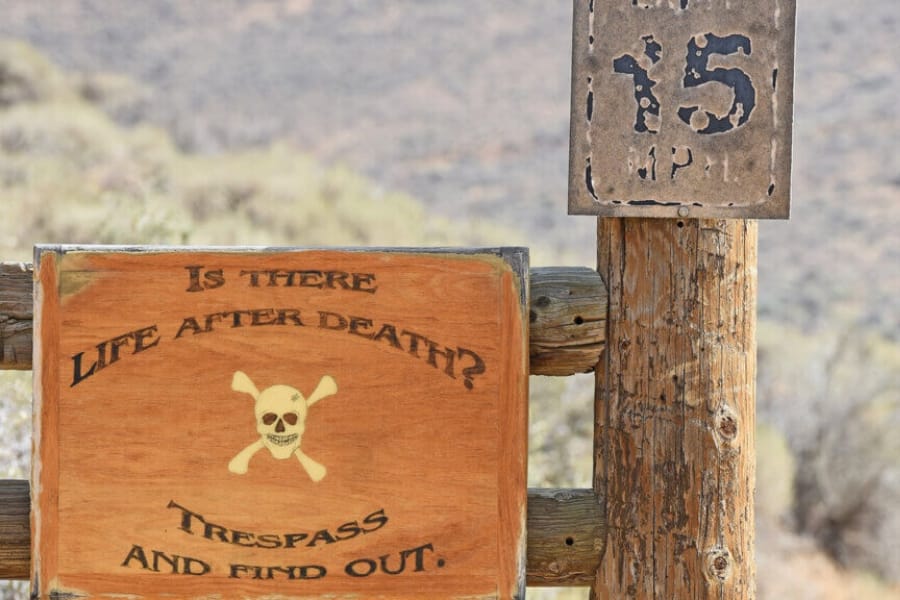
Sometimes people go crystal hunting without checking the rules of the area. This is a big oops! Every place has its own set of rules about where and how you can look for crystals.
Some spots don’t allow it at all. Ignoring these rules can lead to trouble, like fines or being asked to leave.
Before you go, it’s smart to look up the rules or ask someone who knows. This way, you’re showing respect for the place and the people who take care of it.
Not Being Physically Prepared
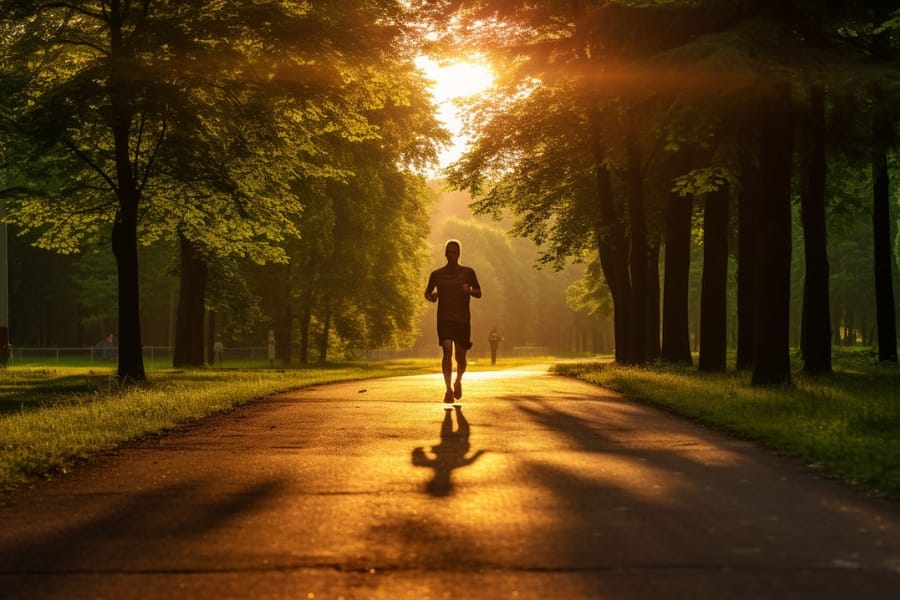
Heading out to find crystals without being physically ready is a mistake. Crystal hunting can mean walking a lot, climbing, or digging.
If you’re not used to being active, it can be pretty tiring, and you might not enjoy it as much as you thought you would.
Getting a bit of exercise before your big adventure can make a huge difference. You’ll be able to enjoy the hunt more and stay out longer without getting too tired. Plus, being in better shape helps you stay safe while exploring.
Forgetting To Document Locations
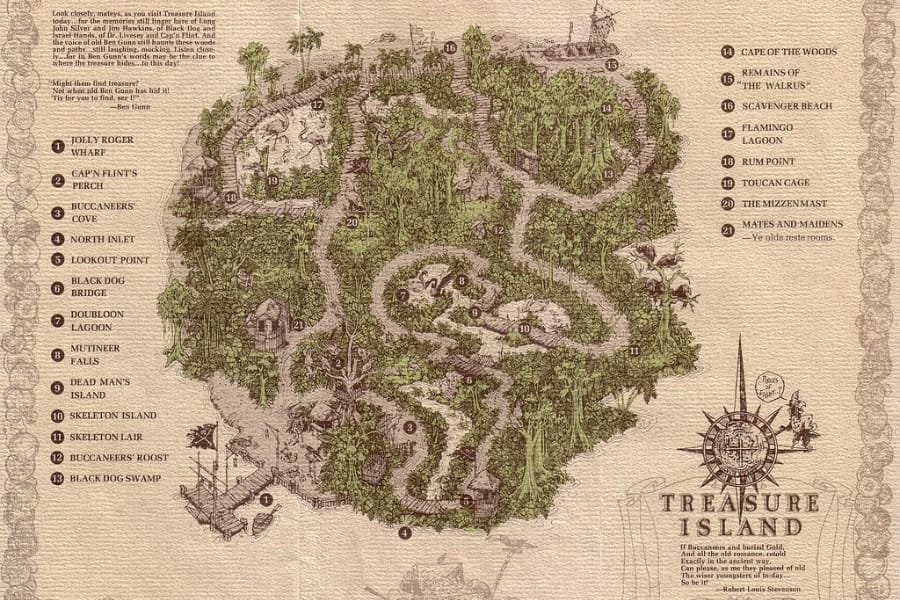
Sometimes, people forget to write down where they found crystals. This happens a lot and it’s a bummer later on.
Keeping track of your finds is like keeping a treasure map. If you find a great spot, you’ll want to remember exactly where it is so you can go back. Or, if you share your adventures with friends, you can tell them where to look.
Without notes, every place starts to blend together. Writing down or using a phone to mark the location takes just a second, but it makes a big difference.
Neglecting Weather Conditions
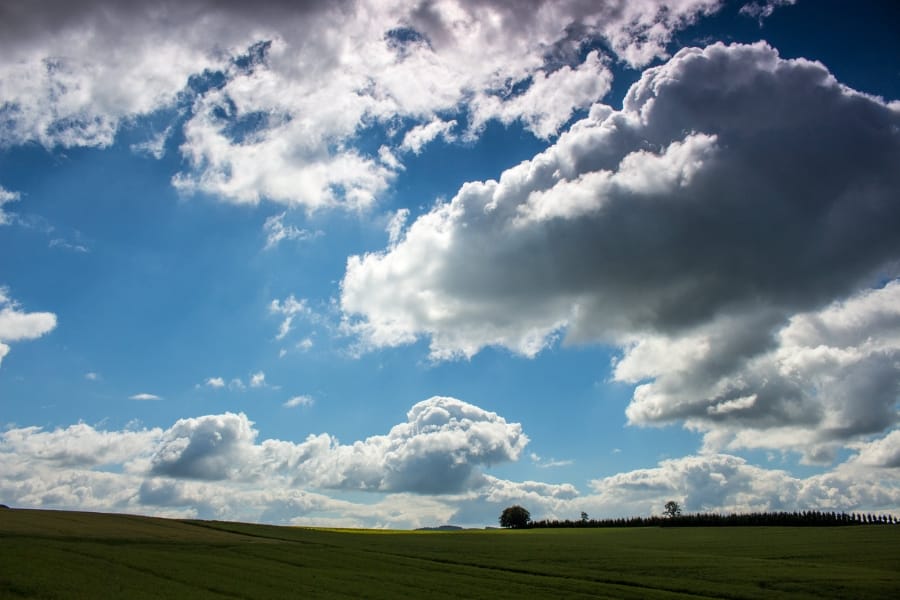
Sometimes, the excitement can make you forget to look up if it’s going to rain or be super hot. The weather can change fast, especially in areas where crystals are often found, like mountains or deserts.
Getting caught in a storm or under the hot sun without being ready can be dangerous. It’s not just about being uncomfortable; it can really spoil your day and even be risky.
Always check the weather before you go and be prepared with things like water, sunscreen, or a raincoat.
Inadequate Research On The Crystals Themselves
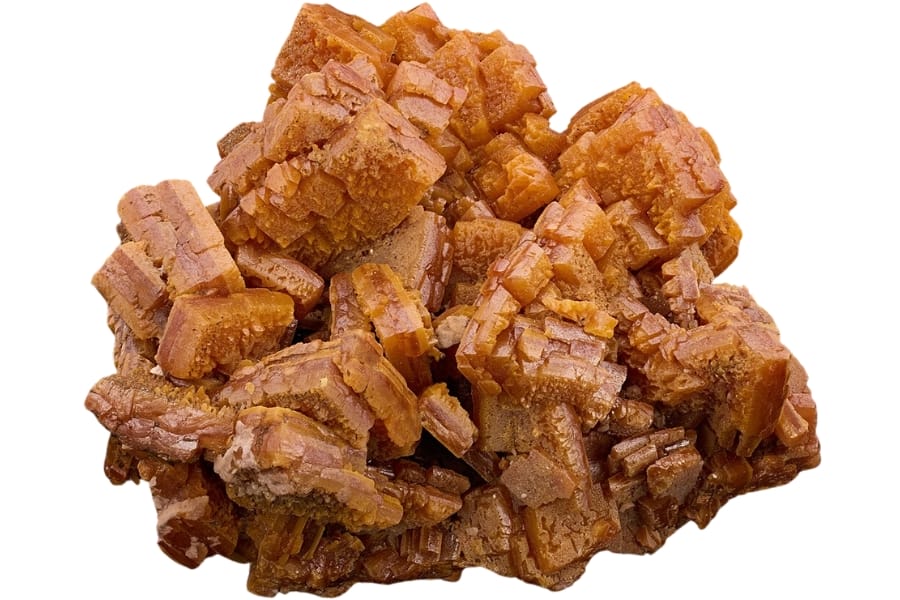
Some folks start searching for crystals without knowing much about those that they want to find.
This means they might not recognize a special crystal when they see it, or they could miss out on finding something really neat because they didn’t know where to look or what to look for.
Trust us— doing a bit of homework on the crystals you’re hoping to find can make your search way more exciting.

